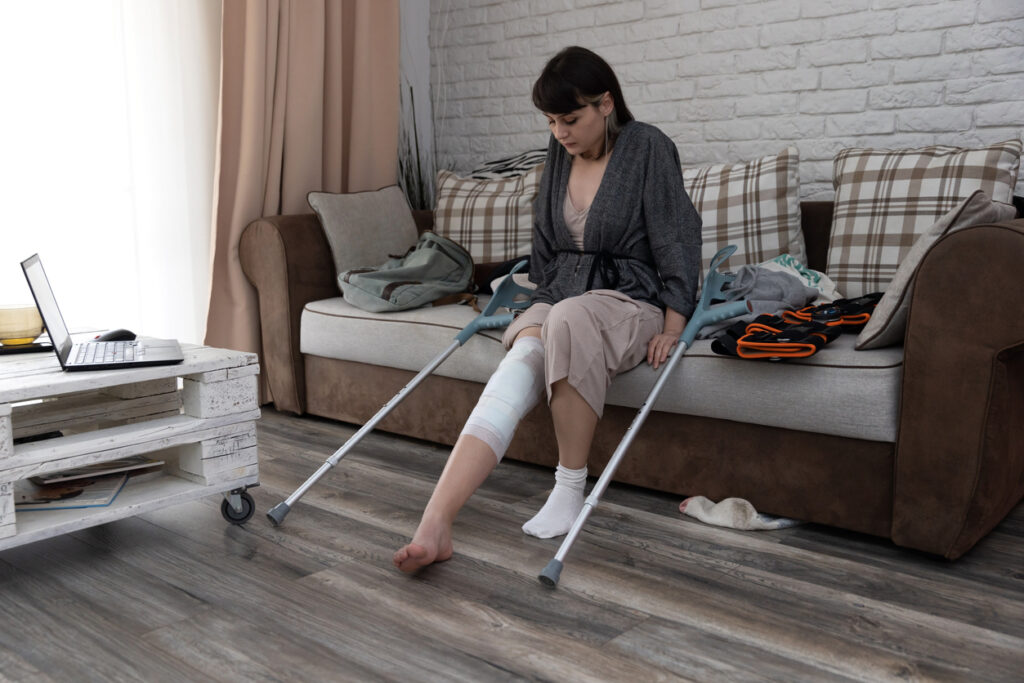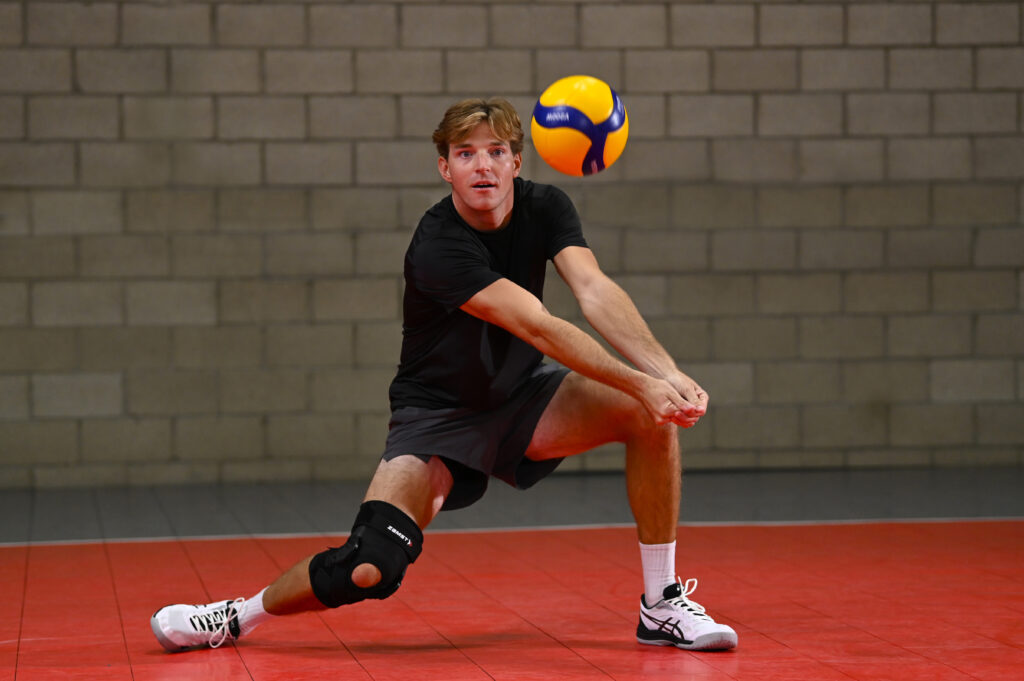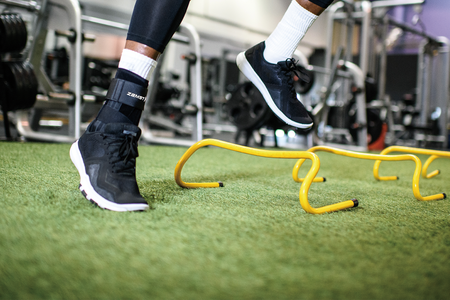The Journey of ACL recovery
No athlete wants to hear the words ACL tear because they know what is in front of them. A long arduous journey usually involving surgery and rehabilitation. Anterior cruciate ligament (ACL) reconstruction surgery is to replace a torn ACL. Typical ACL injuries occur with a sudden stop and change of direction in such sports as basketball, soccer, football and volleyball. The way the ACL is reconstructed is by taking a graft from another site in the body (autograph) or from a donor (allograft). After having surgery, the hardest part is yet to come. Rehabilitation from ACL surgery is typically a 9-12-month time period to return to sport and often its longer than a year in pro sports.

Types of ACL surgeries
The autograph remains the preferred graft choice among the young athletic population due to the higher rates of failure, increased cost, and the risk of repeat tears associated with allograft (cadaver) procedures1. The gold standard has always been the Bone-Patellar Tendon-Bone (BPTB) graft mainly because it’s long track record and widespread use. The second most used autograph is the use of the hamstring tendon. One of the main concerns with hamstring grafts is graft failure. Hamstring autographs have higher failure rate than BPTB grafts and seems to fail more in the young female population2. A graft site that is slowly starting to gain steam is the use of the quadriceps tendon. In a recent systemic review, the quad tendon graft had no significant difference between the two other autographs. Further research is needed to determine if there should be another gold standard.
How long does it take to recover?
Typically, ACL recovery takes a minimum of 9 months and usually up to 1 year to return to sport fully. People that are not returning a sport can usually return to most activities around 6 months. A timeline of recovery consists of the following to some varying degree:
Weeks 0-2
- Pain and swelling management
- ROM and quadriceps strength
Weeks 3-8
- Restoring full ROM and strength
- Restoring normal gait
- Working on balance and strength
Months 2-4
- Emphasize functional gluteal control
- Proprioception and kinesthetic exercises
- Lateral movements
- Progress cardiovascular training
- No running to 4 months and has to meet all criteria for running
Months 4-9
- Return to running program
- Plyometric and agility progressions
- Progress to return to sports criteria
Months 9-12
- Return to practice non-contact
- Progress to contact in practice
- Return to sport
New surgery technique
In the world of sports and orthopedics everyone is trying to figure the newest and greatest techniques to enhance healing and return to sports. Autographs and Allografts have been used for quite some time with a good track record. However, failures have happened, and players have not returned to their sport and often don’t feel they are the same athlete. It was never thought to be possible to save the ACL ligament until the Bridge-Enhanced-Anterior Cruciate Ligament Repair (BEAR) was discovered.
The BEAR technique is a procedure that combines suture repair of the ACL with a specific extracellular matrix scaffold that is placed between the two ends of the ACL that are torn to facilitate healing of the actual ligament vs. grafting with a tendon. Murray et al. completed the first ever study that looked at 12-24-month outcomes post BEAR surgery.3 They found that the BEAR procedure produced similar outcomes to ACLR with hamstring autograph at two-year outcomes. This could be a breakthrough for athletes that have to deal with ACL injuries.
Returning to sport
This is often the toughest part of ACL recovery both mentally and physically. Because the rehab process is so draining and often athletes have a fear of reinjury when they return to sport. This is very common and understandable given the long journey one has to go through with ACL rehabilitation. This is why it is important to meet return to sport criteria and give your body the adequate time to heal. The return to sport criteria for ACL usually consists of quadriceps strength, and functional agility drills which need to be within 10% of the uninjured side.
Knee injuries in general can be a devasting blow to athletes especially between the age group of 14-19 when they are still growing. Interesting enough the incidence rate of ACL injury is higher among females to their male counterparts. Athletes recoving from ACL surgery can benefit from using the Zamst ZK-X which is a metal hinged knee brace providing maximum support for the knee. Whether you are trying to prevent ACL injuries or rehabbing from ACL surgery, protecting the knee during sports competition is important. Zamst provides a unique blend of comfort and support to keep you playing the sport you love.

ABOUT THE AUTHOR
EVAN JEFFRIES is a physical therapist with a Doctorate in Physical Therapy (DPT) from the University of St. Augustine for Health Sciences. He is also the owner of Evolving Motion and has vast knowledge of the musculoskeletal system and has treated many orthopedic conditions by bringing a proactive approach to healthcare and lifestyle. Recently he has also been active on social media as an injury analyst mainly in related to injuries NBA players have sustained. Evan can be followed on his social media accounts.






